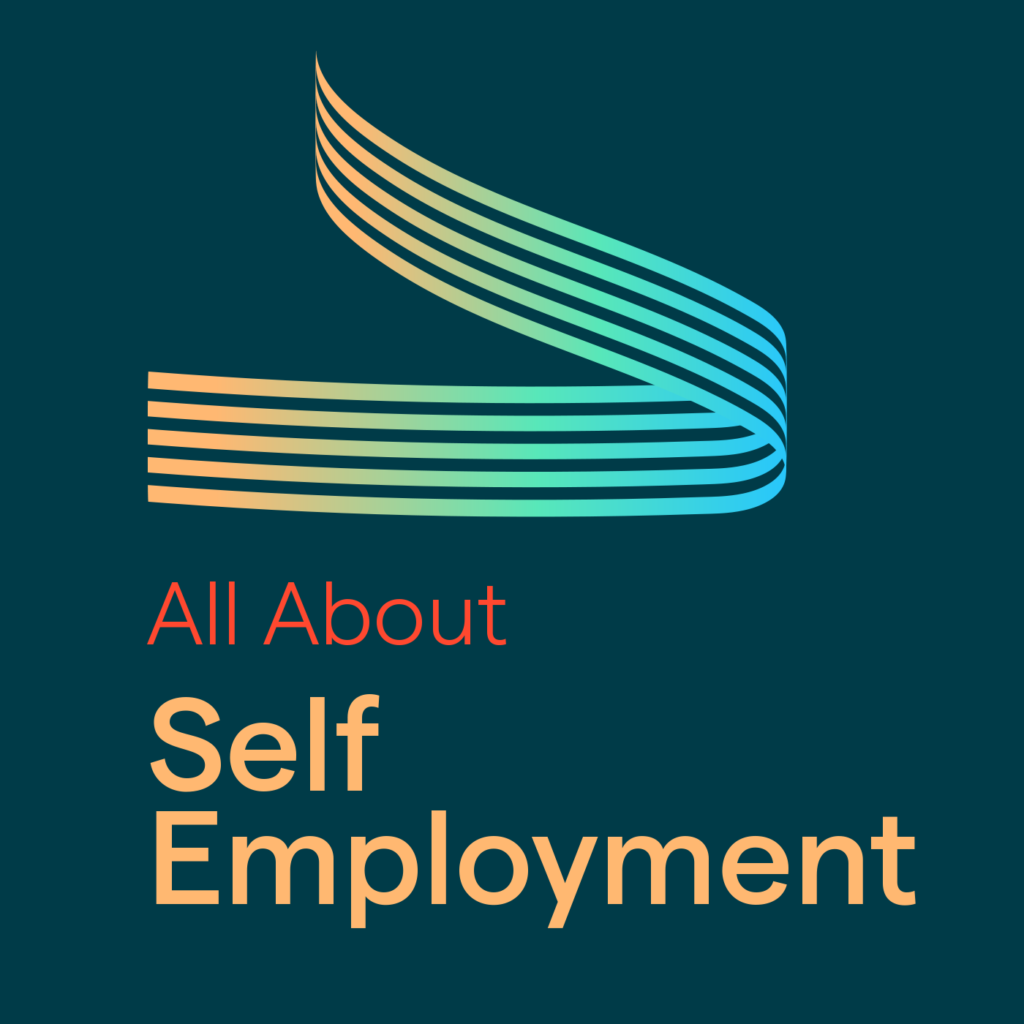There is no agreed definition of PEO in the UK, but in our experience it is almost the same as an umbrella company.
When an agency worker engages with a PEO, they are employed and paid via payroll (with PAYE and NICs deducted) to the tune of the quoted gross rates agreed by the client and the agency.
Employment costs are dealt separately between the recruitment agency, PEO and client. The agency worker isn’t usually aware of the additional employment costs and they don’t usually show up on their pay documentation.
What are the advantages of working with a PEO?
When agency workers sign up to a PEO, they become an employee of that PEO, and will have access to the same benefits a permanent employee has.
Just some of the basic duties a PEO should provide are:
- Collecting payments from clients and agencies.
- Providing you with employment rights such as holiday pay and sick leave.
- Providing you with HR support.
- Processing a payslip for you.
- Making sure you get paid efficiently.
- Handling matters such as tax payments and national insurance.
and much more besides. Working with a PEO is especially useful for agency workers who work on lots of different short-term contracts for their clients, as the PEO consolidates your earnings into one pay packet, combining all the income from different projects. They will also ensure that your consolidated pay is taxed appropriately, and that you don’t under or overpay tax and NICs.
Also, if you frequently change assignments at the request of your agency or client, a PEO will help manage the red tape of treating each role change as a ‘new employment’.
You will receive continuity of employment and all accrued employment benefits even when changing to work for a new client.
The main difference between an umbrella and PEO centres on how pay is calculated. Instead of receiving an “assignment rate” from which an umbrella pays employment overheads prior to calculating the worker’s gross pay, the PEO receives the worker’s gross pay, plus those overheads.
This means that the worker is unaware of the employment costs associated with supplying them, so it could be argued that a PEO is less transparent than an umbrella. However, given that such costs are not stated, then there is no confusion regarding the worker considering that they are paying employers’ NICs – whereas this misunderstanding often crops up with umbrellas.








